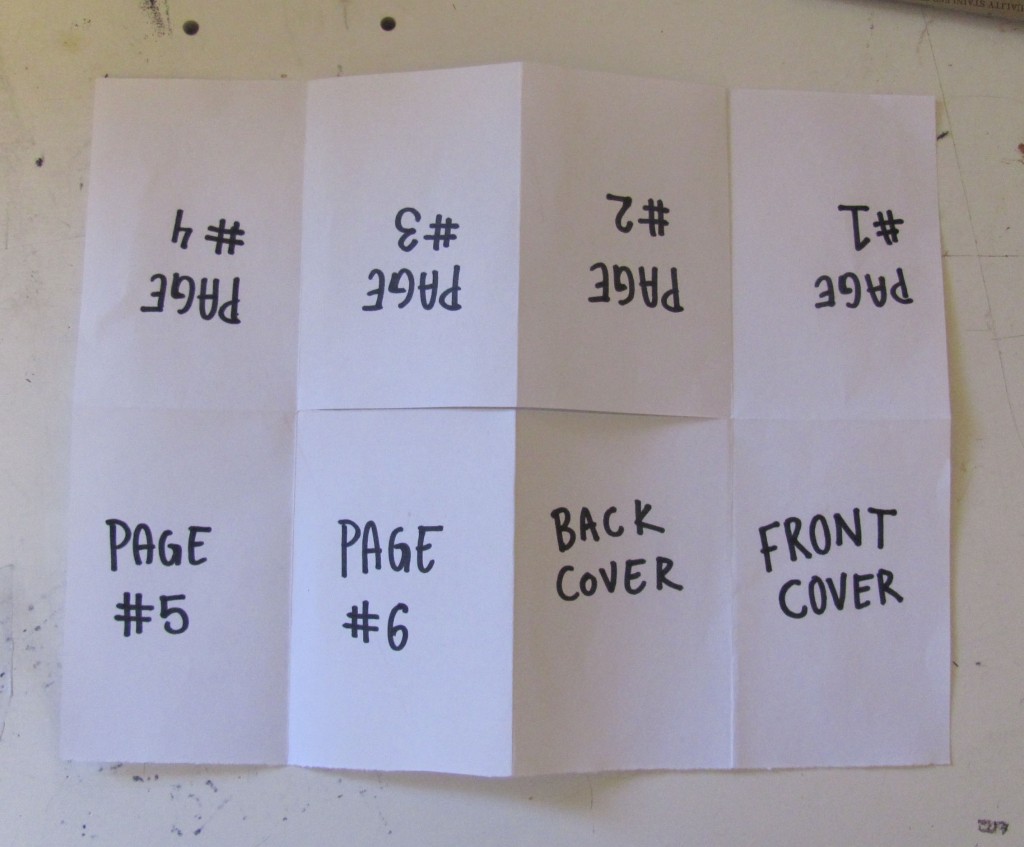There is an assumption that parents ought to entertain their children. I'm not sure where it came from, but it seems to be a default setting that parents feel responsible for amusing their kids and kids often expect to be amused. Wherever it started, advertising certainly feeds it and feeds on it.
It is especially tiring to be with a person, or people, who lean on you for amusement all day every day. So I refuse to be amusing. I love to relate with my children and do things with them, but I refuse to fix boredom. It is my children's own responsibility. It is a life skill they need to learn. I couldn't home educate if I felt I needed to entertain five children all day. But it is a messy skill to learn.
Have we dis-empowered kids by training them to rely on complex objects and other people for amusement? Have we taught them to depend on goods and services which need to be bought? Have we robbed them of the opportunity to work out how to amuse themselves freely? Have we accidentally taught them that the imagination is not enough, that it is boring?
On the days when the children are twitchy and bored, I am trying to see the great opportunity before us. If we slow down and let ourselves get bored, then we have made space for some interesting, creative and unexpected skills to grow.
Trevor Cairney has a great post on Stimulating Children's Imaginations: Creating Time, Freedom and Space












